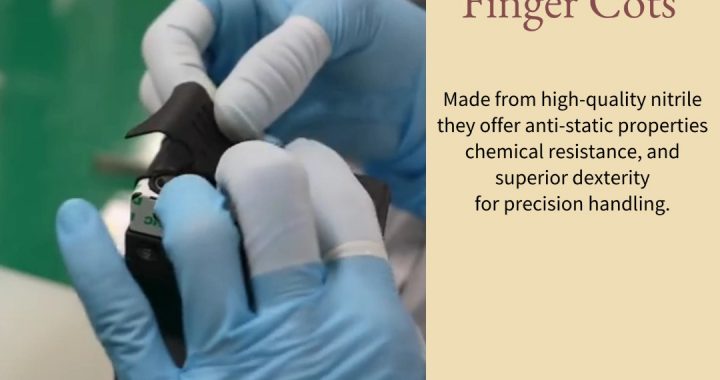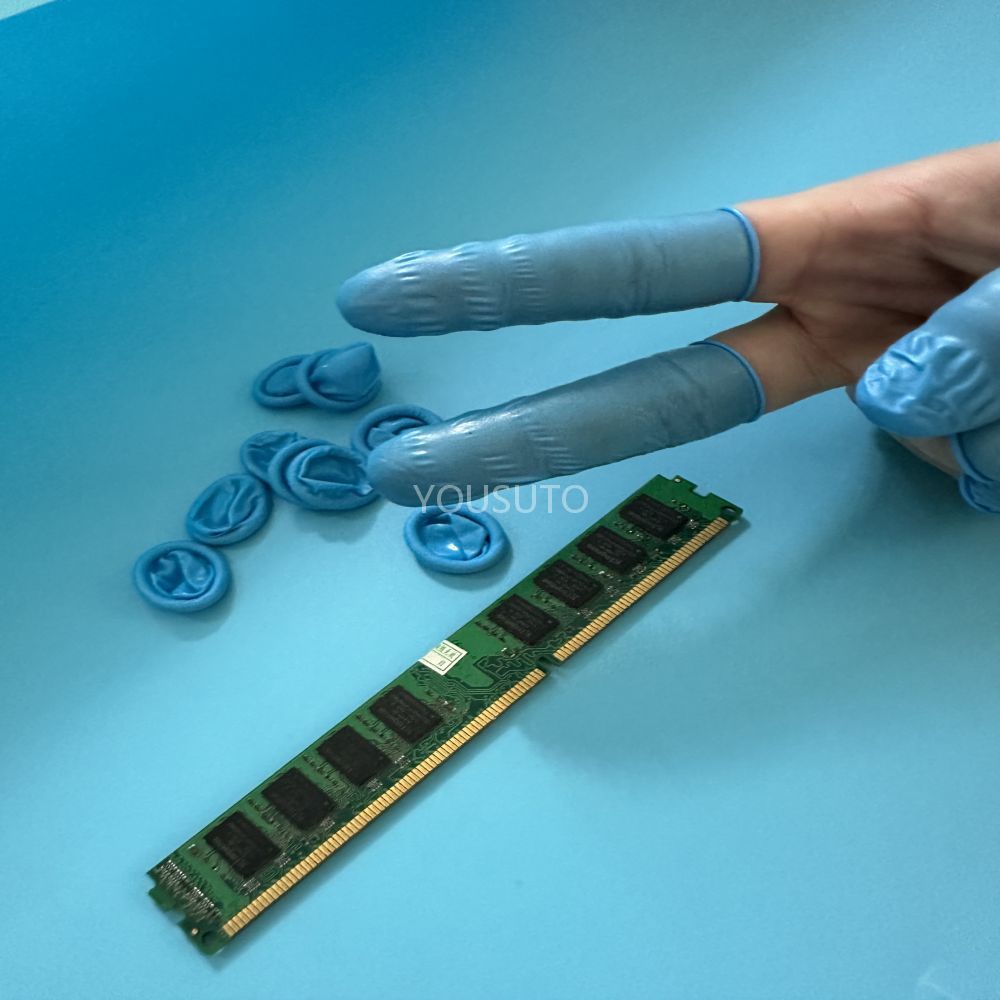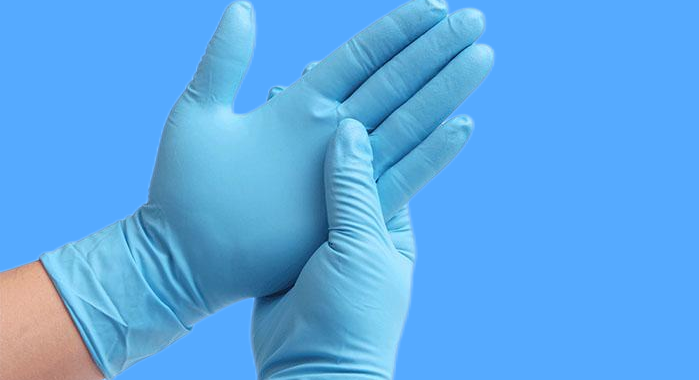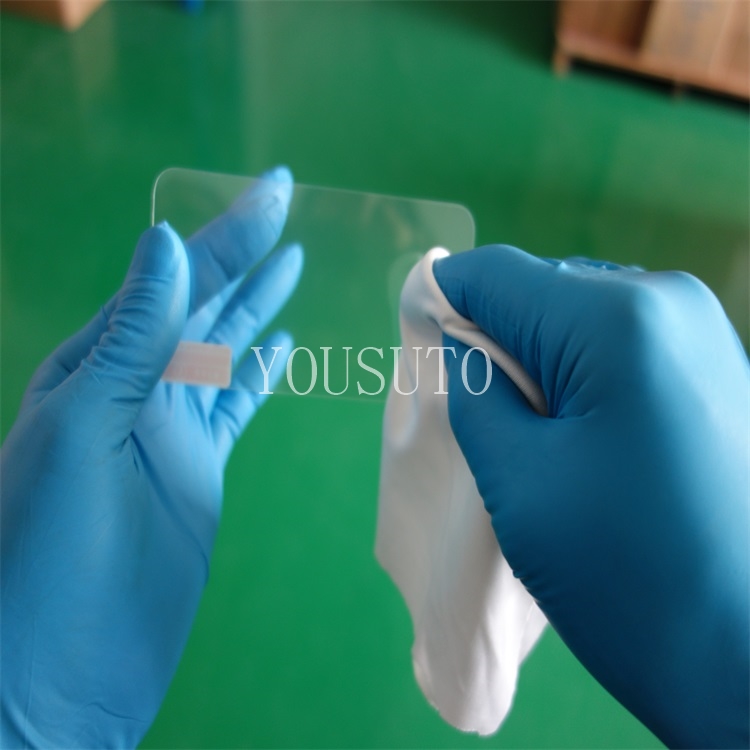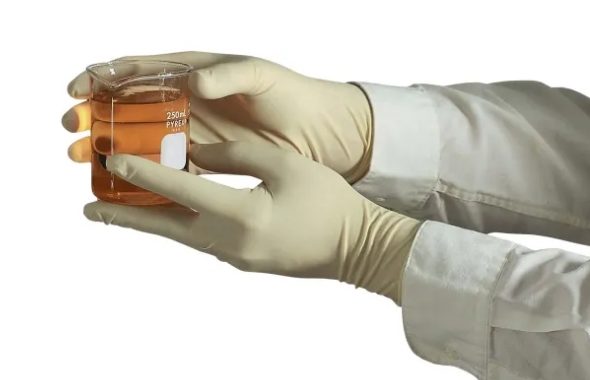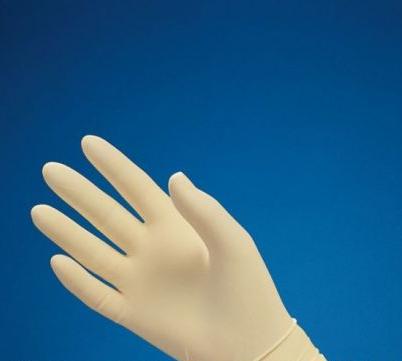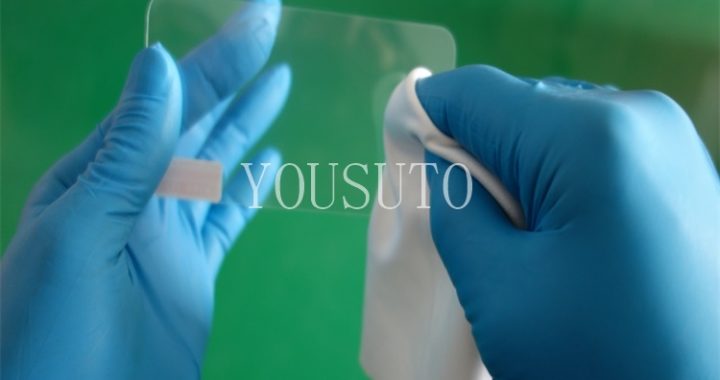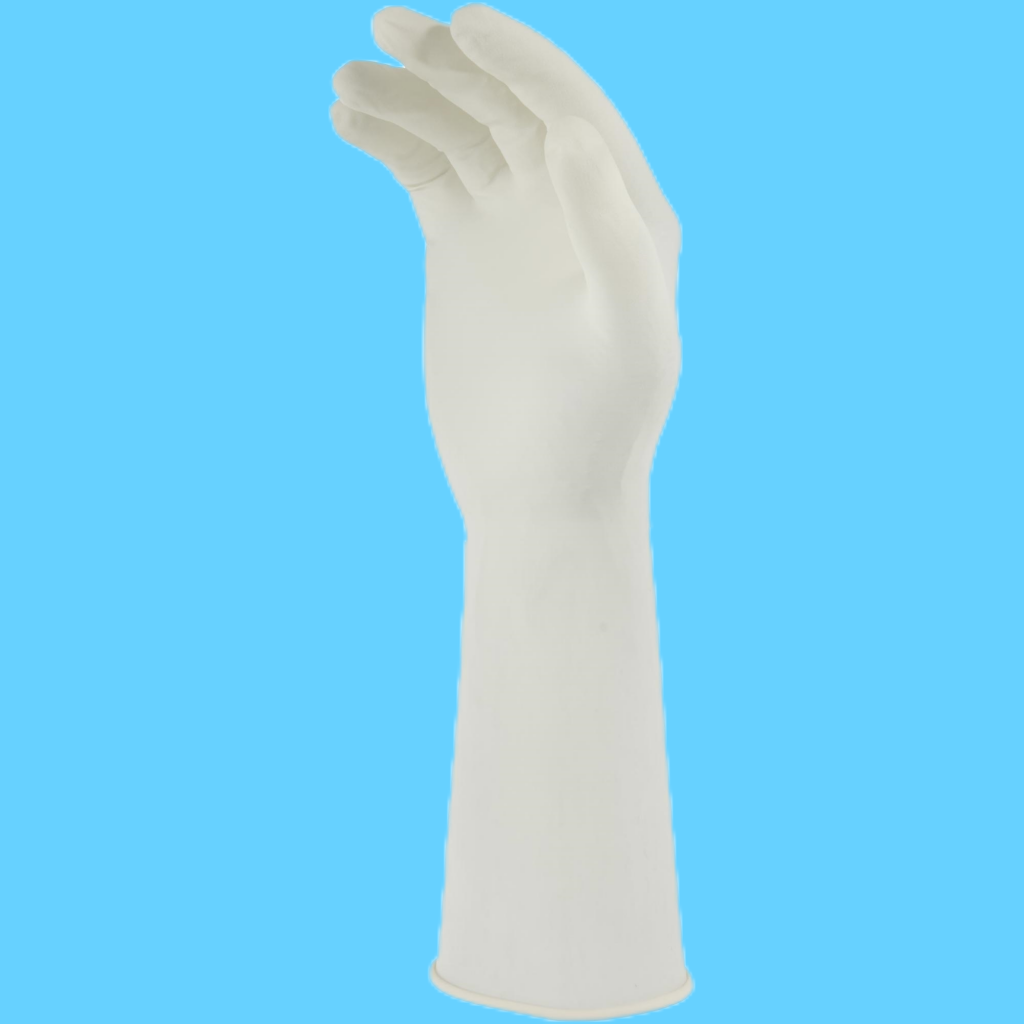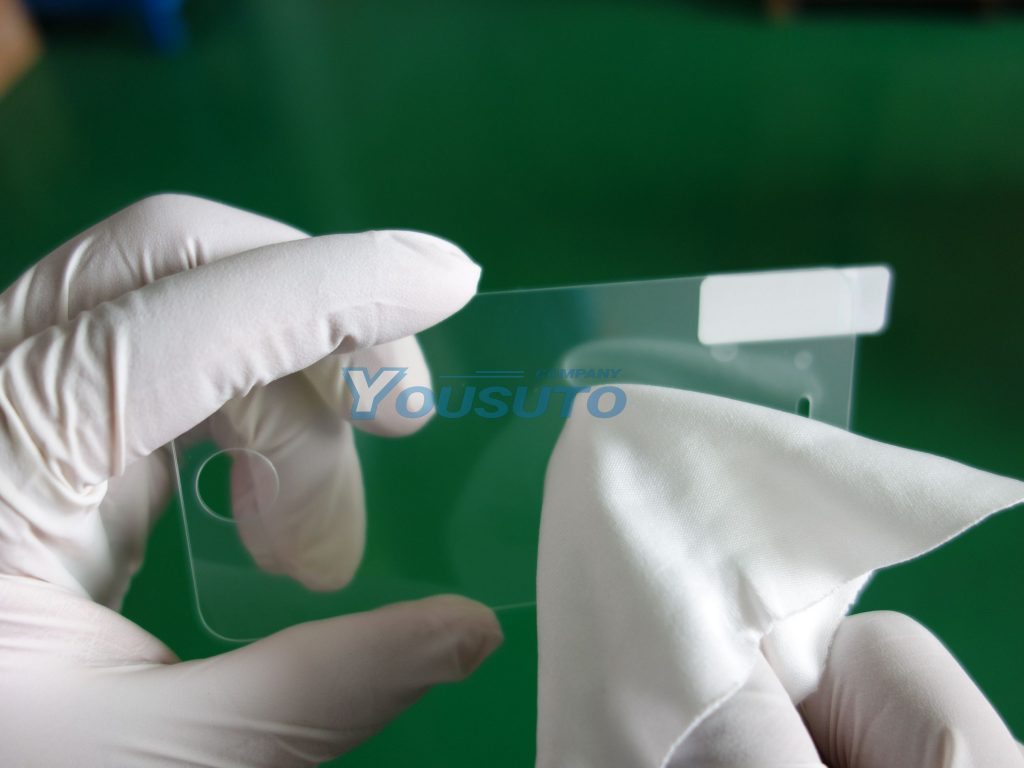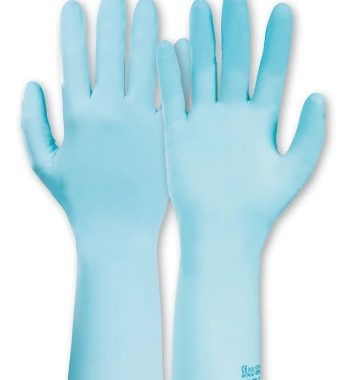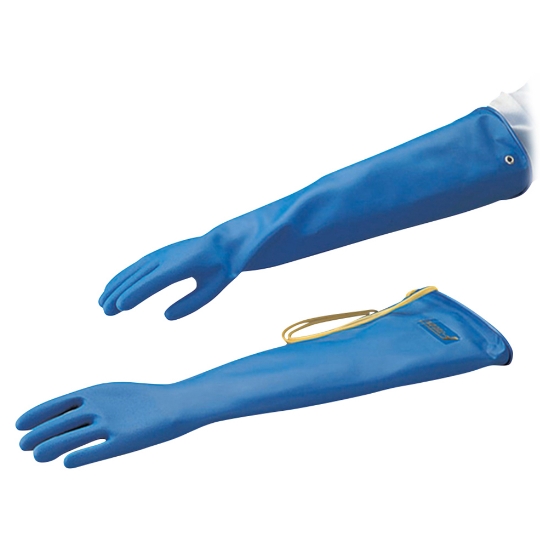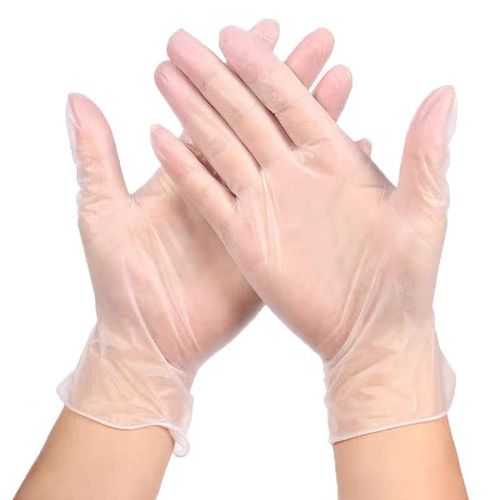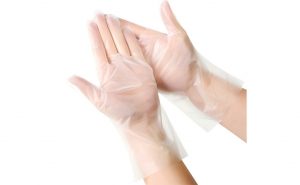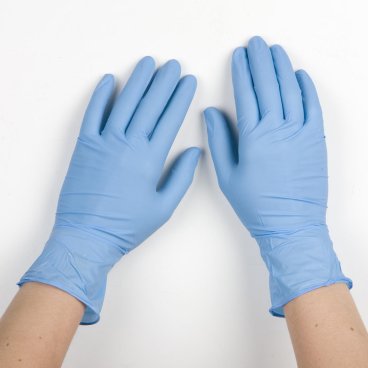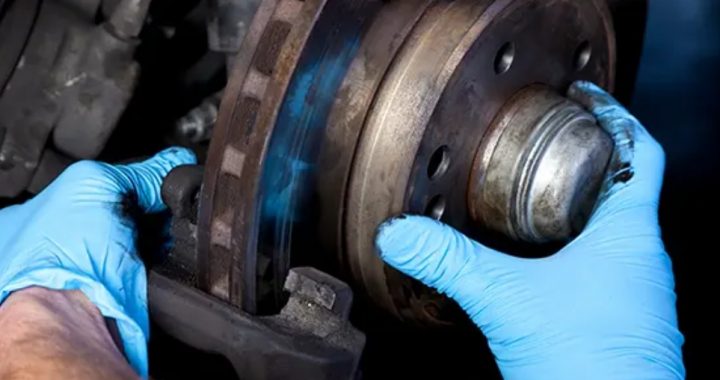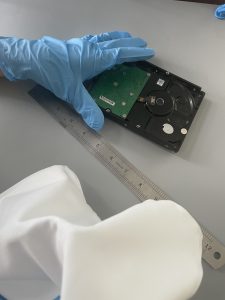In today’s high-precision manufacturing environment, even the slightest contaminant can have a significant impact on product quality and performance.
This is especially true in industries such as electronics assembly, semiconductor manufacturing, pharmaceutical production, and cleanroom operations, where strict contamination control is non-negotiable.
That’s why our Sulfur Free Finger Cots have become an indispensable asset for companies committed to excellence.
What Are Sulfur Free Finger Cots?
Sulfur Free Finger Cots are protective sleeves made from premium-quality nitrile rubber that has been engineered to exclude any sulfur compounds. Traditionally, sulfur is used during the vulcanization process of rubber to enhance elasticity and durability.
However, in sensitive manufacturing environments, even trace amounts of sulfur can react adversely with delicate components—potentially leading to corrosion or degradation of metal contacts. Our sulfur free finger cots are manufactured using specialized processes that completely eliminate the presence of sulfur, ensuring that your components remain pristine.
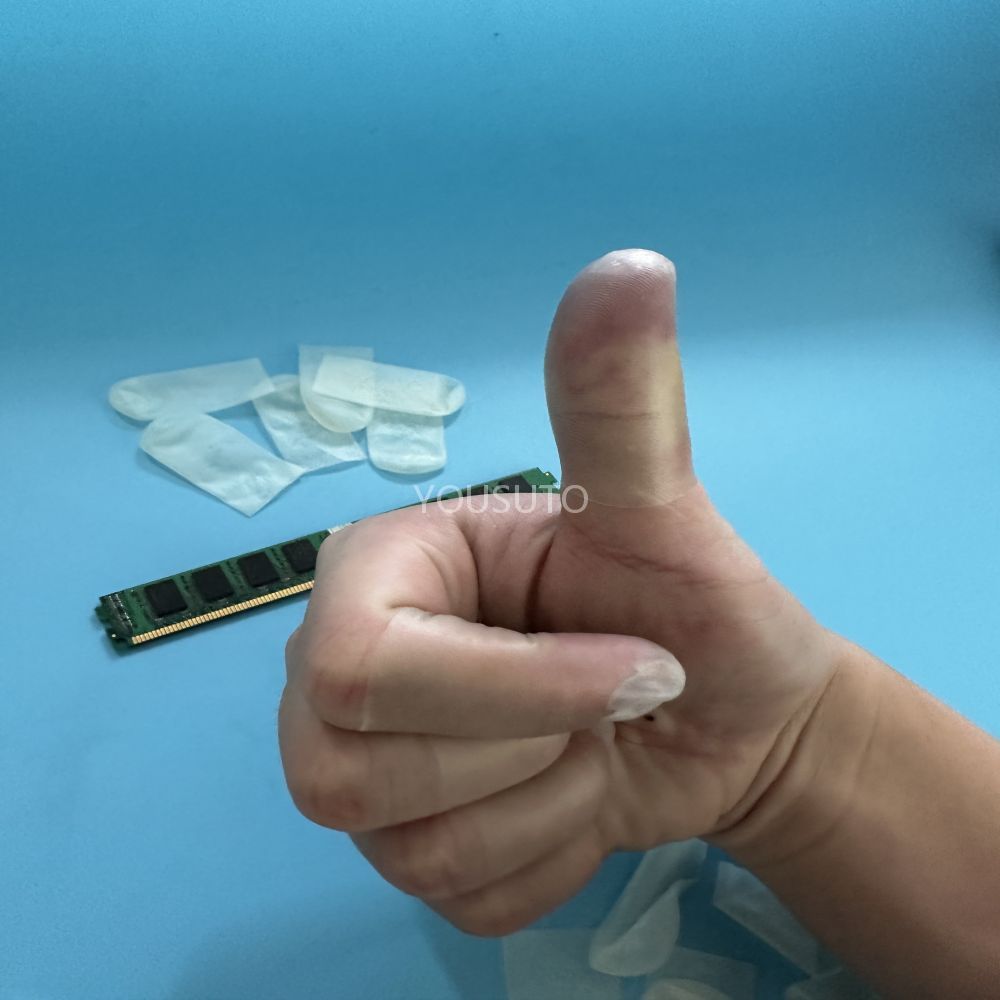
They are ideal for environments where even trace amounts of sulfur can adversely affect sensitive components—such as in electronic assembly, semiconductor manufacturing, and cleanroom operations.
Key Features and Benefits
1. Contamination Control:
By eliminating sulfur and other reactive chemicals, our finger cots provide a clean handling solution. This is critical for environments where contamination can lead to product failures or compromised performance, such as in the production of microelectronics or semiconductor devices.
2. Enhanced Chemical Resistance:
Manufactured from high-grade nitrile rubber, these finger cots exhibit excellent resistance to oils, greases, and a wide array of chemicals. This means they can withstand the rigors of industrial applications while maintaining their protective properties over extended periods.
3. Superior ESD Performance:
Electrostatic discharge (ESD) is a major concern in sensitive manufacturing areas. Our sulfur free finger cots are designed with antistatic properties that help prevent the build-up of static electricity. This feature is essential for protecting ESD-sensitive components, ensuring that your products are not exposed to harmful discharges during handling.
4. Comfort and Dexterity:
Even with their robust protective qualities, our finger cots are remarkably flexible and comfortable to wear. The powder-free, form-fitting design provides excellent dexterity, which is vital for detailed tasks in precision manufacturing. Operators can work for extended periods without experiencing fatigue or discomfort.
5. Consistent Quality:
Our production process emphasizes uniformity and precision. Each finger cot is carefully cut and inspected to ensure consistent shape and size, guaranteeing reliable performance across every batch. This consistency not only improves the overall quality of your production process but also minimizes the risk of errors that can arise from inconsistent handling.
Applications Across Industries
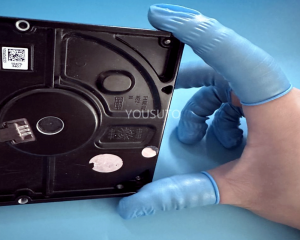
Whether you’re managing an electronic assembly line or working in a sterile laboratory, our Blue Nitrile Finger Cots
Electronics and Semiconductor Manufacturing:
In the realm of electronics, even the smallest contamination can cause significant issues, such as circuit shorting or component failure. Sulfur free finger cots provide the ideal solution by preventing any reactive compounds from coming into contact with sensitive electronic parts.
Pharmaceutical and Medical Device Production:
In the pharmaceutical industry, maintaining sterile conditions is critical. Our finger cots help ensure that no extraneous chemicals interfere with the purity of drugs or the integrity of medical devices, thereby supporting stringent quality standards and regulatory compliance.
Cleanroom Operations:
Cleanrooms require a contamination-free environment to maintain product integrity. Our finger cots are specially designed for cleanroom use, offering a reliable barrier against particulates and other contaminants that could compromise critical processes.
Automotive and Aerospace:
Even in sectors like automotive and aerospace, where precision and reliability are paramount, the use of sulfur free finger cots helps in assembling and handling components that demand the highest level of cleanliness and protection.
Why Choose Sulfur Free Finger Cots?
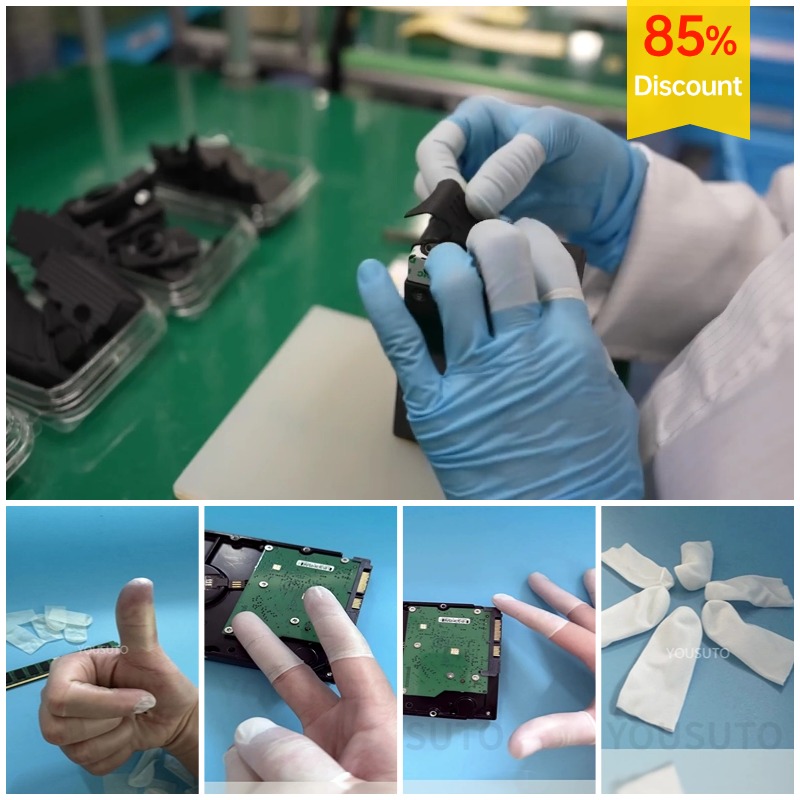
Choosing sulfur free finger cots means you’re investing in a product that is specifically tailored to meet the demands of modern, high-tech manufacturing environments. With features that address both the chemical and physical challenges of contamination control, these finger cots are more than just a piece of protective gear—they are a key element in your quality assurance process.
By integrating sulfur free finger cots into your workflow, you can:
-
Reduce the Risk of Component Damage:
Prevent harmful reactions with sensitive metals and components, ensuring long-term reliability and performance. -
Enhance Workplace Safety:
Provide a safer working environment for operators by reducing exposure to potential contaminants. -
Improve Product Quality:
Achieve higher levels of quality control, leading to fewer defects and improved customer satisfaction. -
Meet Industry Standards:
Comply with stringent industry regulations and standards that require the use of contamination-free materials in critical processes.
In the high-stakes world of modern manufacturing, the smallest detail can make the biggest difference. Our Sulfur Free Finger Cots are a testament to our commitment to quality, precision, and contamination control.
By eliminating sulfur and other reactive chemicals from the production process, we provide you with a tool that not only protects your sensitive components but also enhances the overall integrity of your manufacturing operations.
Invest in the best—choose sulfur free finger cots to ensure that every step of your production process is as clean and reliable as possible. Contact us today to learn more about our product specifications, place an order, or request a sample. With our sulfur free finger cots, you’re not just protecting your products; you’re safeguarding your reputation as a leader in quality and innovation.
